We’ve all noticed it: certain products that used to be dependable or high-quality just aren’t what they used to be. Whether it’s shrinking sizes, lower quality materials, or cutting corners on craftsmanship, some items have undeniably declined over the years, even as their prices continue to rise.
These are the everyday products that seem to be getting worse while the costs keep climbing.
Packaged Snacks and Chips
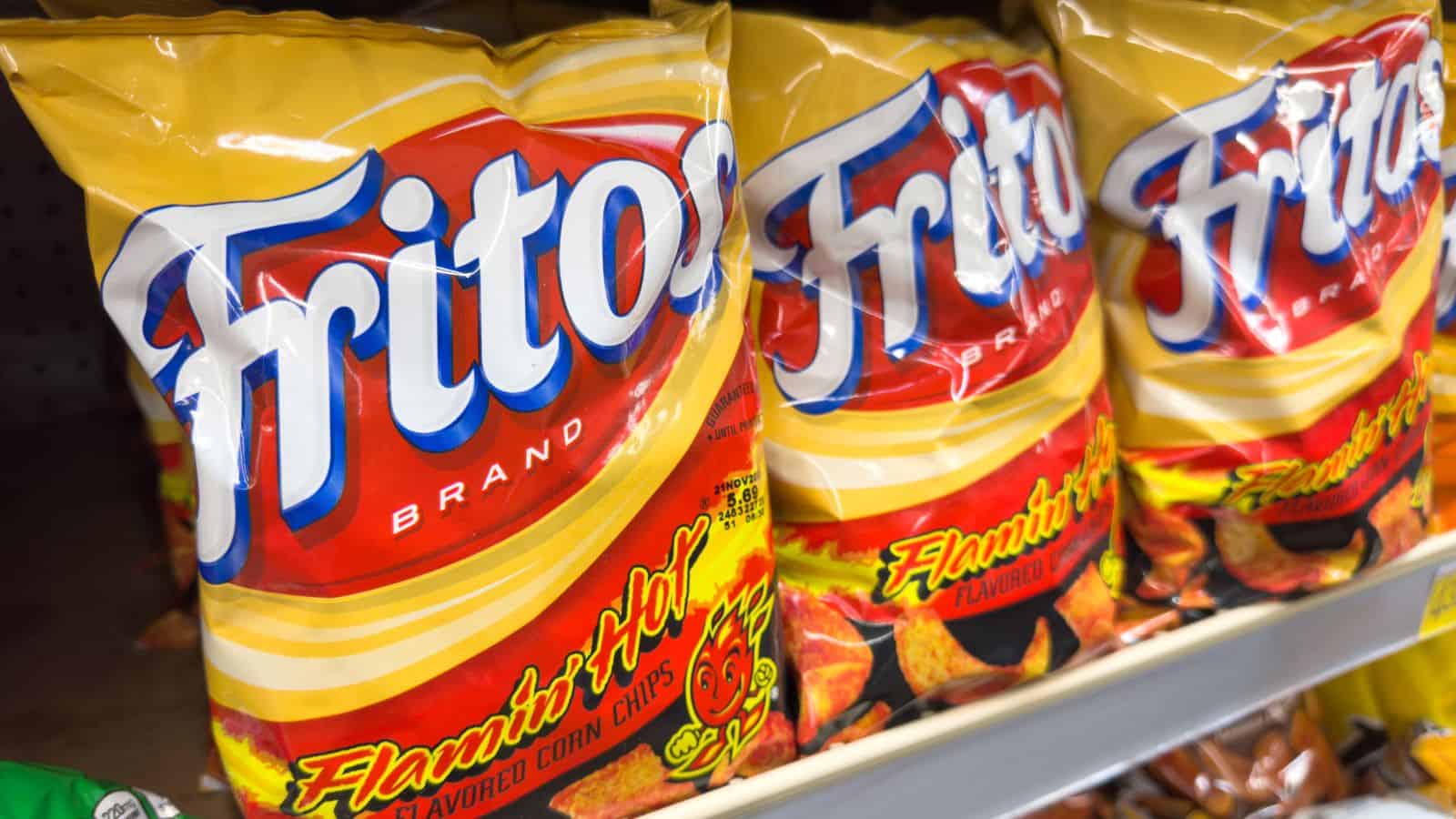
Ever opened a bag of chips only to find it’s mostly air? Over the years, companies have been quietly shrinking portions while charging more, a practice known as “shrinkflation.” The quality of some snacks has also declined, with cheaper ingredients replacing the originals. Consumers are left feeling cheated as they pay premium prices for what’s essentially less food.
Clothing from Fast Fashion Brands
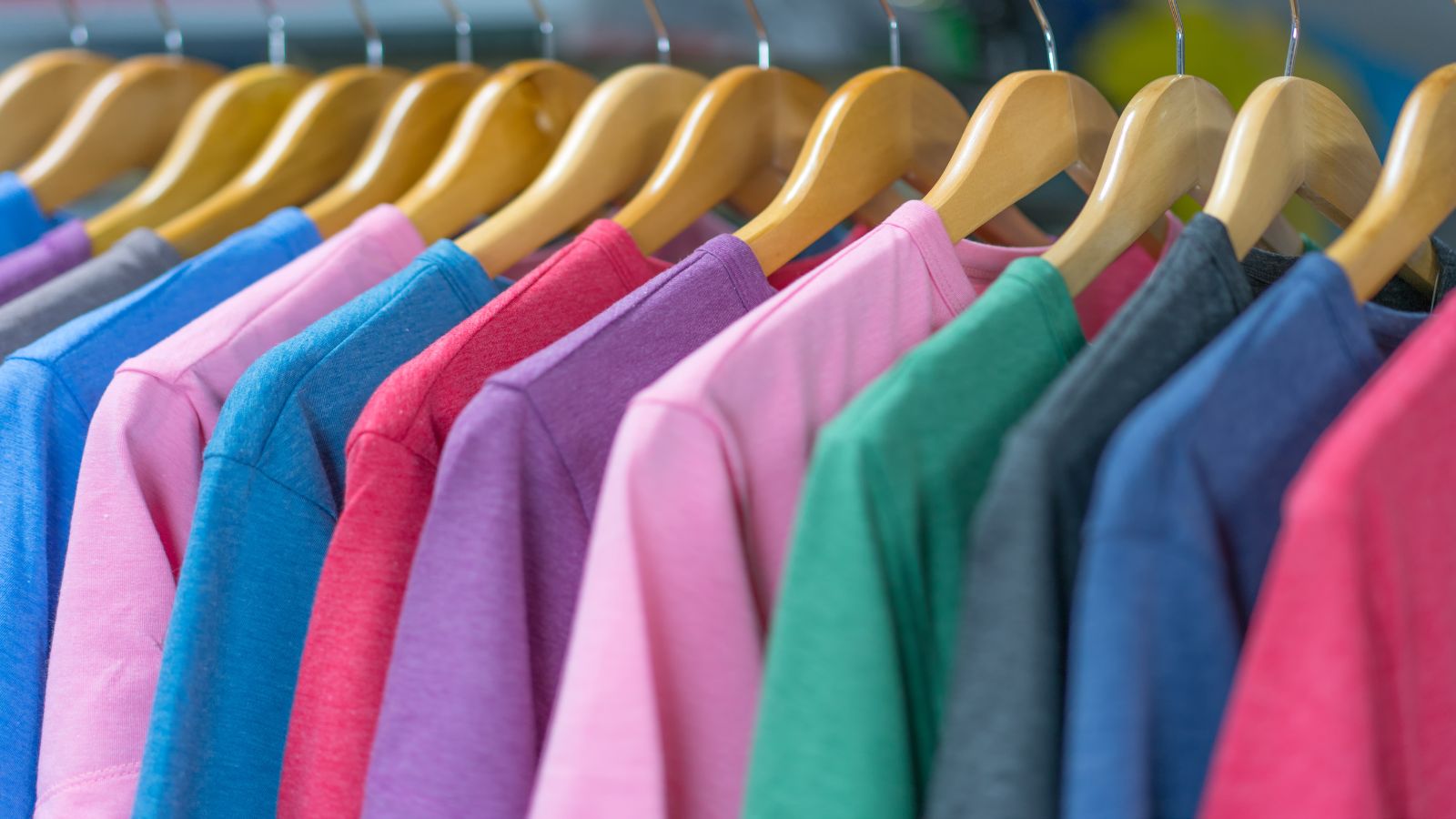
Trendy outfits have become more accessible thanks to fast fashion, but it’s come at the expense of durability. Clothes from these brands often fall apart after just a few washes, yet their prices have steadily increased over time. What used to be an affordable way to keep up with trends now feels like a waste of money.
Gasoline

As prices at the pump soar, consumers are increasingly frustrated by how quickly a tank of gas seems to run out. Blends of ethanol and additives may contribute to efficiency issues, leaving drivers feeling shortchanged.
Rising costs combined with the perception of lower fuel quality make gasoline a perfect example of paying more for what feels like less.
Appliances
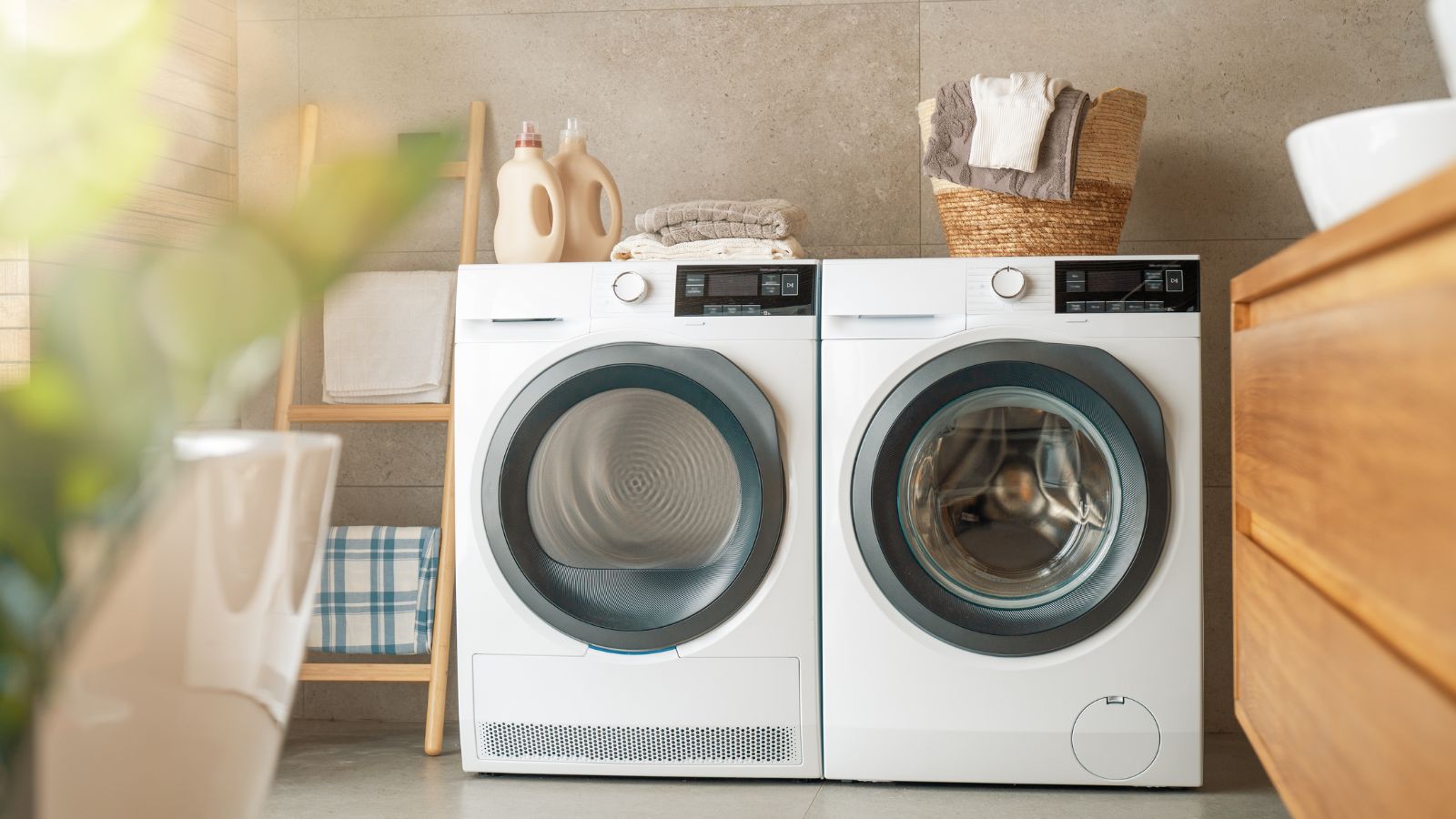
Remember when a refrigerator or washing machine would last 20 years? Those days seem to be long gone. Modern appliances are often designed with planned obsolescence in mind, featuring cheaper components and a shorter lifespan. Despite this, prices for these items have climbed significantly, leaving consumers feeling like they’re investing in products that won’t last.
Streaming Services

Home entertainment has been revolutionized by streaming services, but as subscription prices rise, the quality of content has become questionable. Many platforms now rely heavily on low-budget reality shows or recycled content instead of producing high-quality originals. To make matters worse, services are starting to add ads even for paying subscribers.
Cars

The whole point of buying a new car is to get a reliable, well-built machine that will last for years. But today’s cars are packed with expensive electronics that are prone to malfunctions, with repair and replacement costs skyrocketing.
The focus on gadgets over durability has many car buyers frustrated with the direction the auto industry is headed.
Airline Tickets

The golden age of air travel has clearly faded. Flying used to feel like a luxury, but now it’s become an expensive hassle. Ticket prices have risen, yet legroom has shrunk, and additional fees for baggage, seat selection, and even snacks make the experience feel cheap.
Coffee Pods

Once seen as a convenient luxury, single-serve coffee pods have seen a decline in the quality of coffee in those pods. Many brands have cut corners on flavor while continuing to charge premium prices. Environmental concerns about the waste generated by pods have also grown, making them less appealing overall.
Smartphones
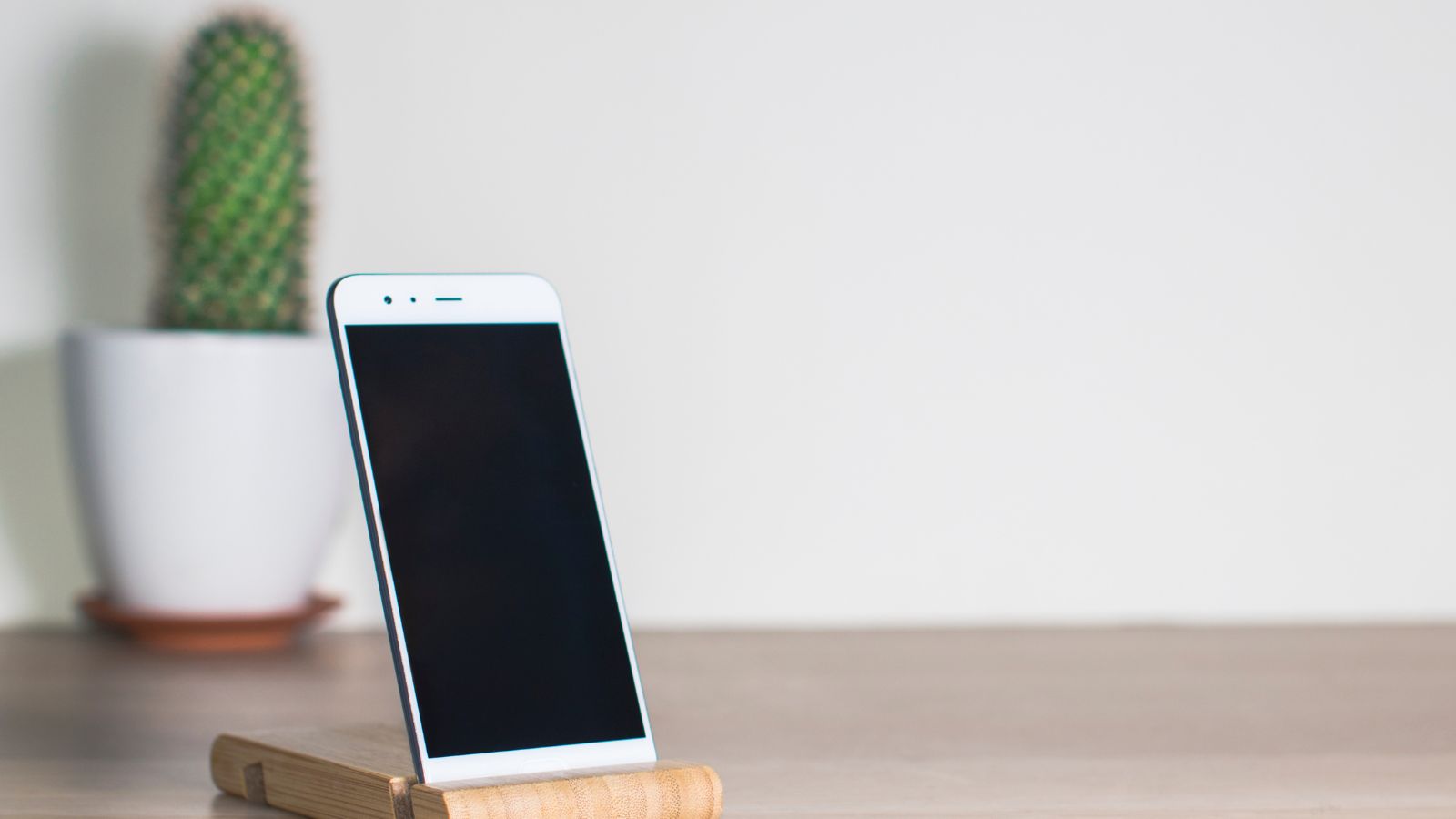
The rising cost of these smartphones, combined with planned obsolescence and expensive repairs, has turned what was once an exciting purchase into a costly and disappointing experience. They continue to get more expensive with each new model, but the upgrades are incremental at best.
Features like longer battery life or better durability take a back seat to flashy gimmicks, leaving users frustrated.
Toilet Paper
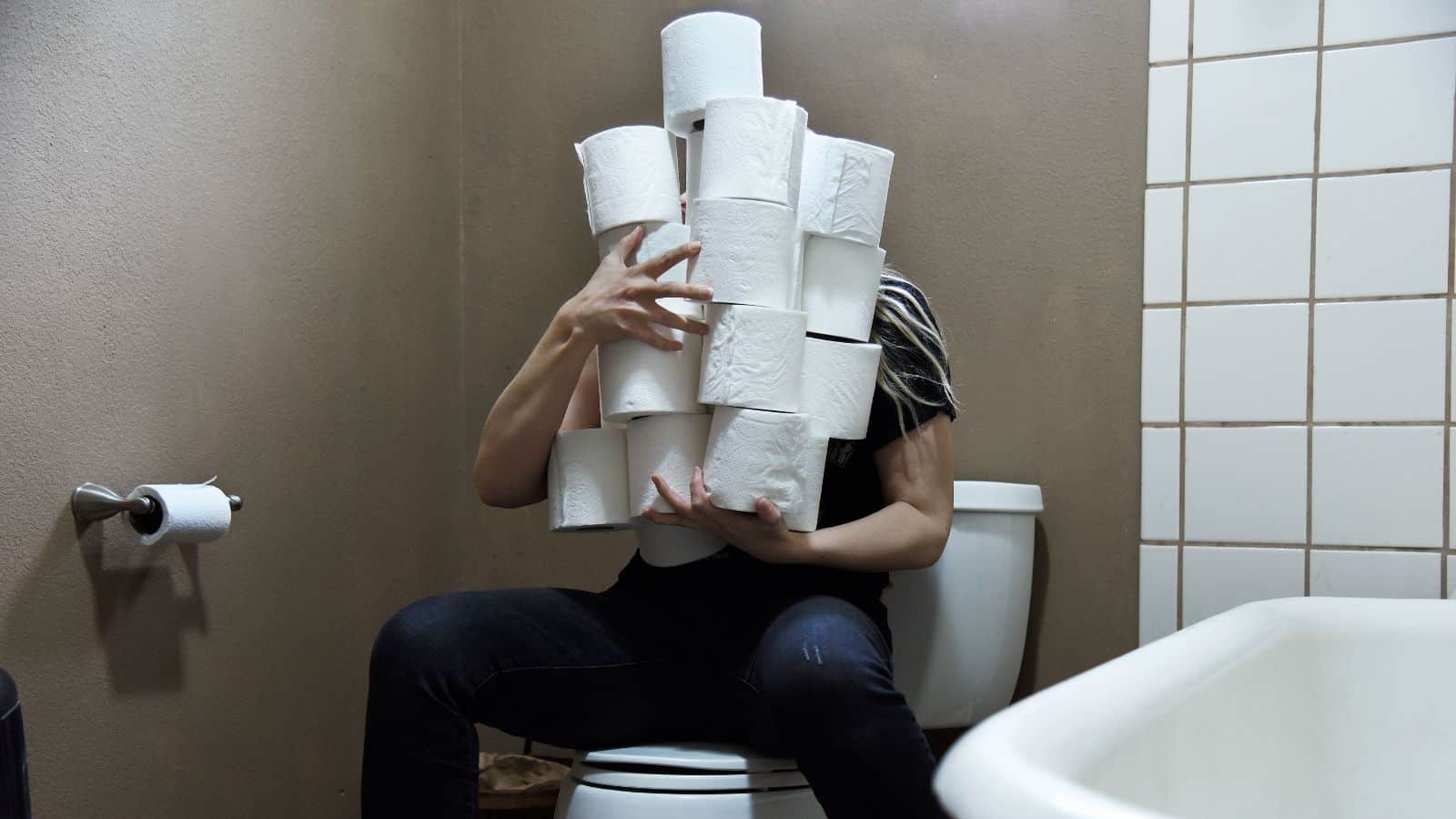
What was once a reliable household staple has become a prime example of paying more for less. Toilet paper is another victim of shrinkflation. Roll sizes have gotten smaller, while the quality of the paper has declined in many cases, with thinner, rougher sheets becoming the norm. Despite this, prices have gone up, especially during times of high demand. Consumers expect better for their money.
Streaming Devices and Smart TVs
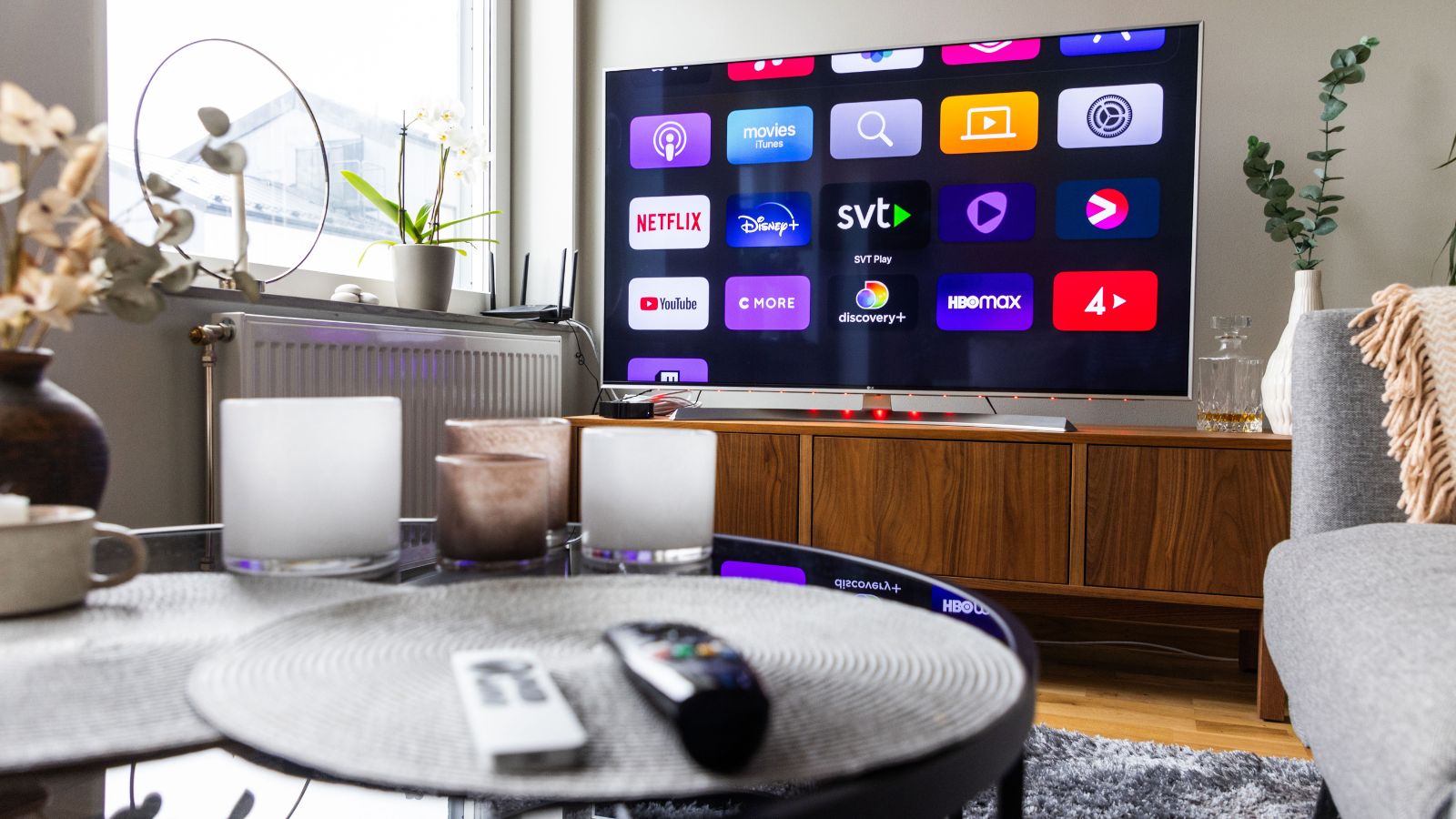
Frustrated viewers want to know why smart TVs and streaming devices have become more expensive, yet many come preloaded with ads, bloatware, or outdated software. Some models even require subscriptions for basic features that used to be included. To make matters worse, the lifespan of these devices has shortened, with software updates often discontinued after just a few years.
Furniture

Remember when furniture was built to last, with solid wood and quality craftsmanship being the standard? Many of today’s pieces are made from particleboard or other cheap materials, yet prices have soared.
Even high-end furniture brands cut corners to maximize profits, while we lose out. This trend has turned furnishing a home into a disappointing experience.
Cereal
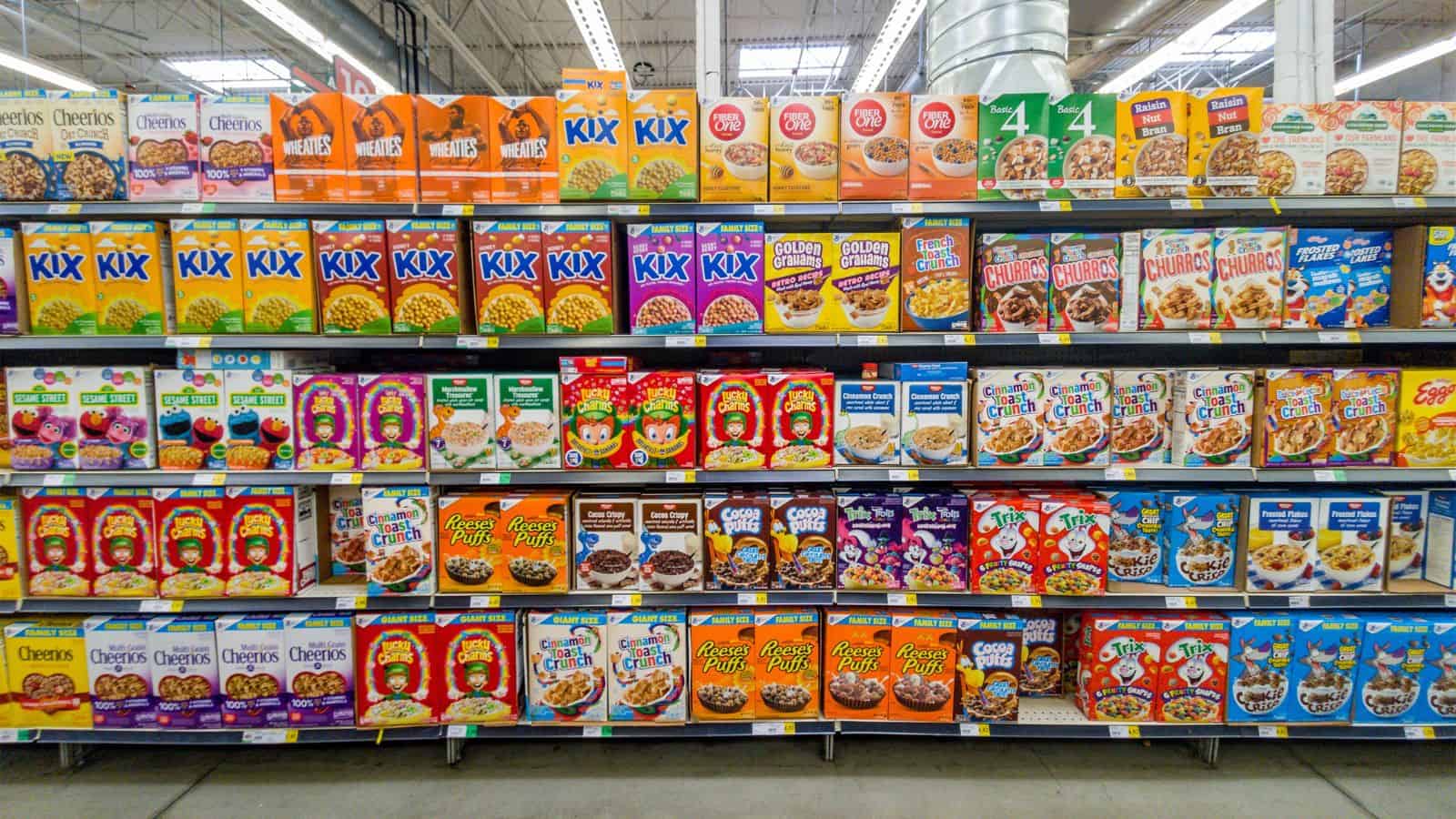
Even our breakfasts have been hit by shrinkflation. Cereal is another product that has shrunk in size while rising in price. Boxes are smaller, yet the cost per ounce has increased significantly. Some brands have even reformulated their recipes, leading to complaints about taste and texture.
Software Subscriptions

Most software companies have shifted from one-time purchases to subscription models, and most of us feel we’re paying more for less. Features that were once included are now gated behind higher tiers, while updates prioritize aesthetics over functionality. Over time, the cost of these subscriptions adds up, leaving consumers wondering if they’re getting value for their money.
Chocolate

Many brands have reduced the size of their bars or switched to cheaper ingredients, sacrificing flavor in the process. Meanwhile, premium chocolates have seen big price hikes, making even indulgence feel like a splurge. For chocolate lovers, the combination of shrinking portions and lower quality has made a simple treat feel like less of a sweet deal.
